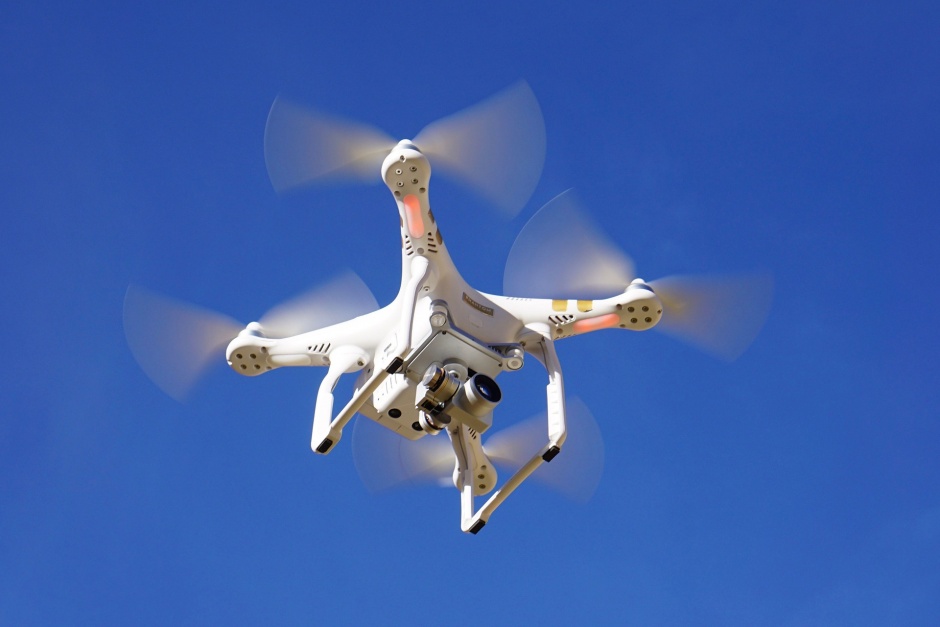Drones could stay airborne longer with help from microwave beams
Researchers are developing technology that could power drones with microwave beams

Drones have long been tipped for widespread use in future smart cities, including delivery services, search and rescue operations and surveillance.
However, powering the unmanned aerial vehicles has so far been limited to small battery packs, giving them a flight time of only around 20 minutes.
Now researchers at Queen’s University Belfast are developing technology that could see the drones powered by microwave beams from the ground, opening up the possibility of continuous flight.
Existing wireless power transfer (WPT) systems require very close proximity, such as the charging pads used for smartphones and electric cars, based on electromagnetic induction.
Instead, in an EPSRC-funded project, which also involves Qinetiq, the researchers are developing RF-DC technology to wirelessly transfer up to 200W over distances of around 25m, according to Dr Neil Buchanan, the project leader.
As part of the project, the researchers will be developing new wireless power transmitters and receivers, said Buchanan.
Register now to continue reading
Thanks for visiting The Engineer. You’ve now reached your monthly limit of news stories. Register for free to unlock unlimited access to all of our news coverage, as well as premium content including opinion, in-depth features and special reports.
Benefits of registering
-
In-depth insights and coverage of key emerging trends
-
Unrestricted access to special reports throughout the year
-
Daily technology news delivered straight to your inbox










Water Sector Talent Exodus Could Cripple The Sector
Maybe if things are essential for the running of a country and we want to pay a fair price we should be running these utilities on a not for profit...